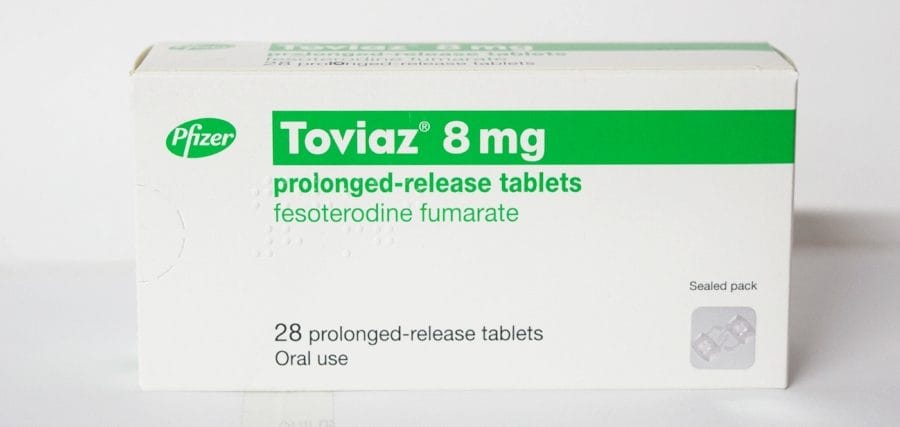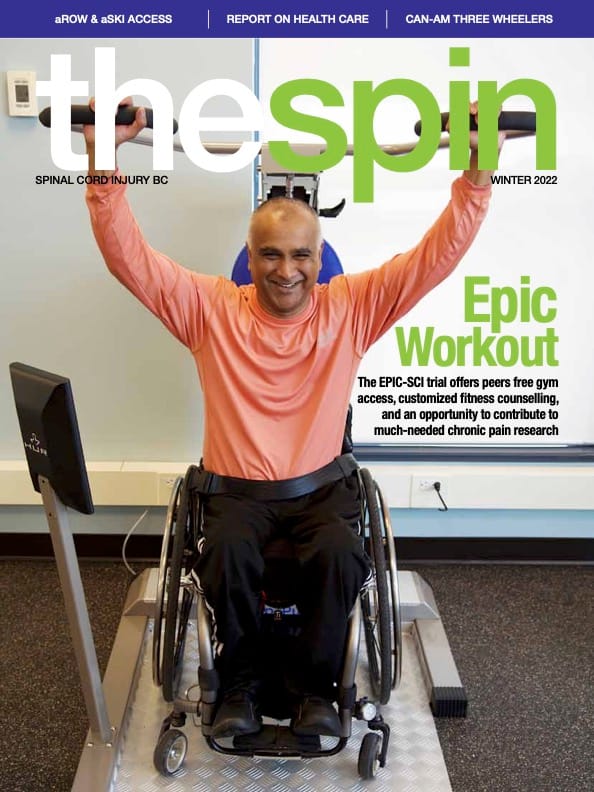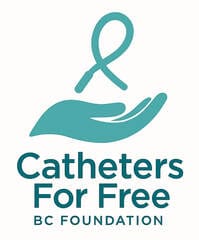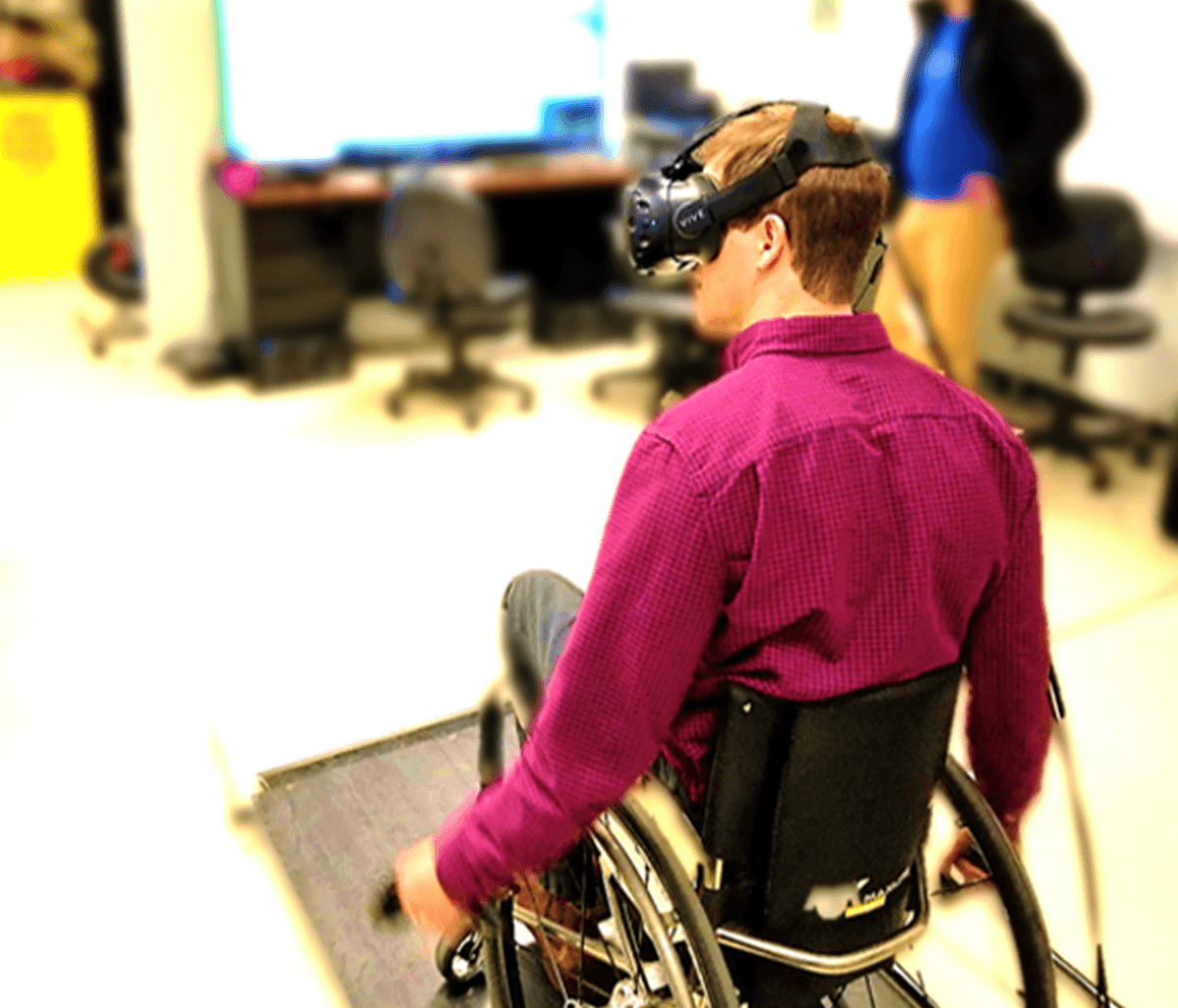Neurogenic detrusor overactivity, or NDO, is a reality for the majority of people with SCI, with incidence estimates of up to 95 percent for those with injuries anywhere above the sacrum. At the very least, NDO (sometimes referred to as neurogenic or spastic bladder) increases the difficulty of managing your bladder routine—more UTIs, more accidents, less quality of life. But because it often compromises the coordination of the muscle of the bladder and the urethral sphincter, NDO can lead to an overfull bladder—one of the most common triggers to often-dangerous bouts of AD, or autonomic dysreflexia. So for people with SCI, treating NDO may have a greater benefit beyond reducing the misery of bladder incontinence.
For this reason, Dr. Andrei Krassioukov, ICORD principal investigator and one of the world’s foremost experts on AD, has long made treatment of NDO a research priority in his lab. A few years ago, he and his colleagues demonstrated that Botox injections to relax the bladder can not only improve urinary function, they can also reduce the frequency and severity of AD in persons with SCI at or above T6.
The problem, however, is that Botox (which is the trade name for botulinum toxin type A) is a second-line treatment for NDO. The first-line treatment (the one clinical guidelines recommend first) is a class of pharmaceuticals known as antimuscarinics—a subtype of a class of drugs known as anticholinergics. These drugs work by blocking nerve signals to the bladder. While not as a robust, the relaxing effect in the bladder is very similar to that of Botox, and the advantages are that no invasive injections are required, and the cost is significantly lower.
Recently, Krassioukov and members of his lab received industry funding to see if, like Botox, a particular antimuscarinic drug known as fesoterodine might have the same ability to reduce the incidence and severity of AD. Fesoterodine has been approved in Canada to treat NDO since 2012, and its ability to do so is well-established through research around the world. But it’s really never been evaluated to see if it’s effective as an agent to prevent AD.

The study was led by Dr. Matthias Walter, a former post-doc in Krassioukov’s lab who has since returned to his native Switzerland to take a post at University Hospital Basel. It involved a 12-week course of fesoterodine, followed by administration of standard urodynamic studies (UDS). No doubt, most readers are familiar with UDS—most SCI BC peers receive one annually. As UDS involves filling the bladder, it often triggers AD, and urologists administering the tests have to be vigilant for this. Twelve participants were recruited— four women and eight men, with a median age of 42. All were injured for more than one year, and had injury levels of T6 or higher. Following their course of fesoterodine, they underwent UDS.
The study results, titled Fesoterodine Ameliorates Autonomic Dysreflexia while Improving Lower Urinary Tract Function and Urinary Incontinence-Related Quality of Life in Individuals with Spinal Cord Injury: A Prospective Phase IIa Study, were published in the October 25, 2022 issue of the journal Neurotrauma.

While the title of the study might seem unusually long and unwieldy, it does make it obvious at a glance that the results were, in fact, successful.
“With regard to our primary outcome, 10 (83%) and nine (75%) participants experienced a decrease in severity of AD during UDS and during daily life, respectively,” wrote Walter and his fellow researchers. “The majority of our cohort experienced a decrease in severity of AD during UDS and in daily life without any significant deterioration of cognitive or bowel function…In conclusion, fesoterodine reduces the magnitude and frequency of AD, while improving LUT (lower urinary tract) function and urinary incontinence-related QoL in individuals with chronic SCI without negatively affecting cognitive or bowel function.”
Walter admits he and his colleagues were expecting positive results, but perhaps not the degree to which they were successful.
“To be honest, I was actually a bit surprised how efficacious fesoterodine is, even indirectly compared to the very potent second-line treatment option of Botox,” Walter says, adding that seven of the 12 participants didn’t show any signs of NDO during UDS, and none seemed be suffering from any side effects that have been associated with fesoterodine in past studies, including cognitive or bowel dysfunction.
All in all, says Walter, the results suggest that SCI BC peers prone to NDO and AD should consider talking to their doctor or urologist about fesoterodine or another antimuscarinic, either as an ongoing treatment, or a short term treatment leading up to scheduled UDS (note that, while there are other types of antimuscarinics, fesoterodine is the only one that has been assessed for efficacy with AD specifically).
“Experiencing AD during UDS is just one possibility; however, it gives you an idea how persons with SCI might experience NDO-related AD during daily life,” he says. “So if one person under treatment with fesoterodine has less frequent or less severe AD during UDS, this person will likely have less frequent or less severe AD during daily life, as we saw in our study using Botox. Fesoterodine, as well as other antimuscarinics, is not only a first-line treatment option, but for some individuals, is the only option covered by their healthcare insurance. For example, Canadian provincial healthcare coverage often does not include second-line treatments, such as Botox, thus presenting significant economic burden.”
Walter points out that the study had several limitations, including lack of a control or placebo group, and limited number of participants. For these reasons, he and his colleagues are now hoping to conduct a larger, randomized, double-blinded, placebo-controlled study to confirm the benefits.
This article was originally published in the Winter 2022 issue of The Spin. Read more stories from this issue, including:
- Gynecological care
- ARow & aSki access
- Adaptive motorcycles
And more!




